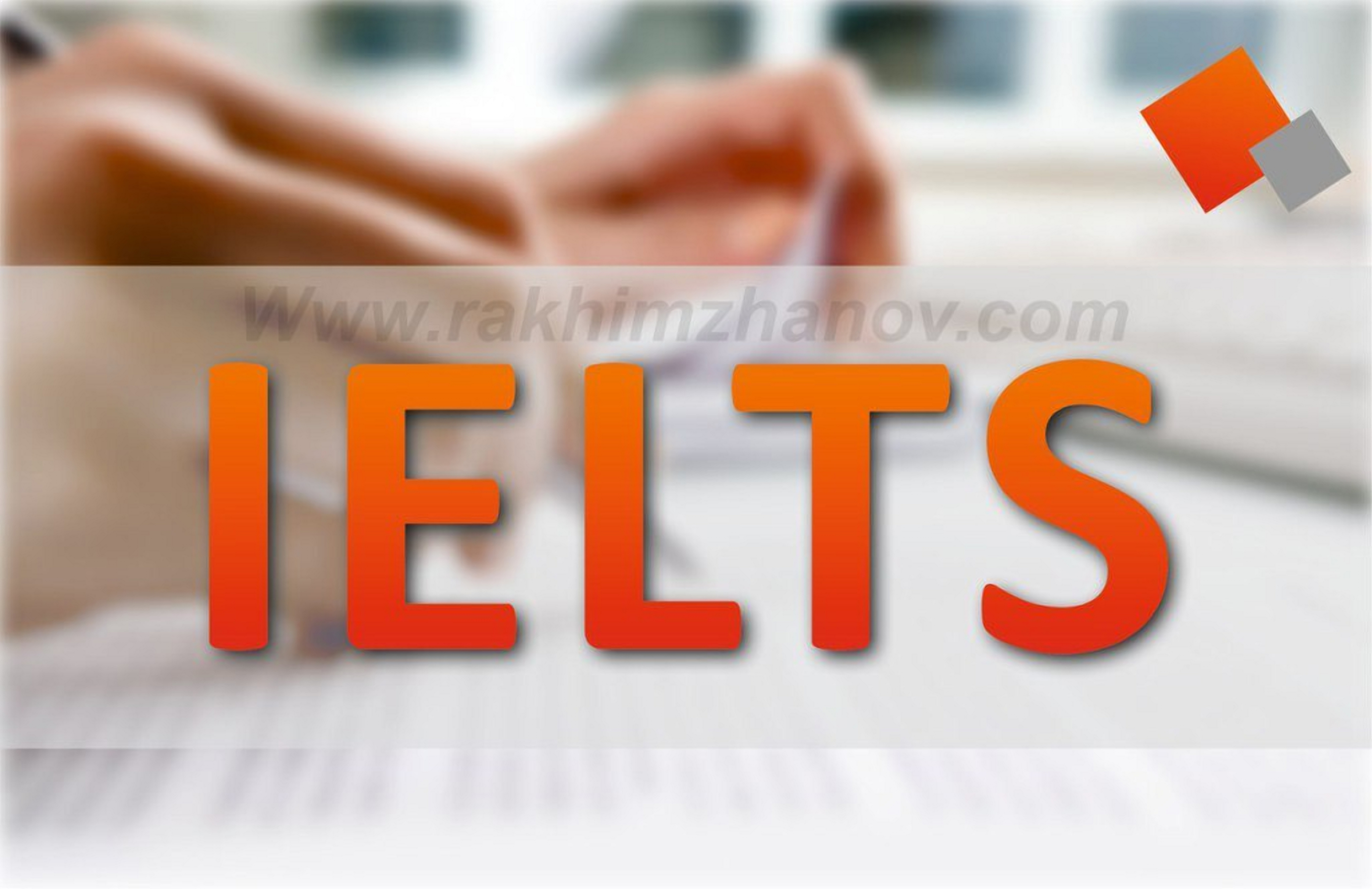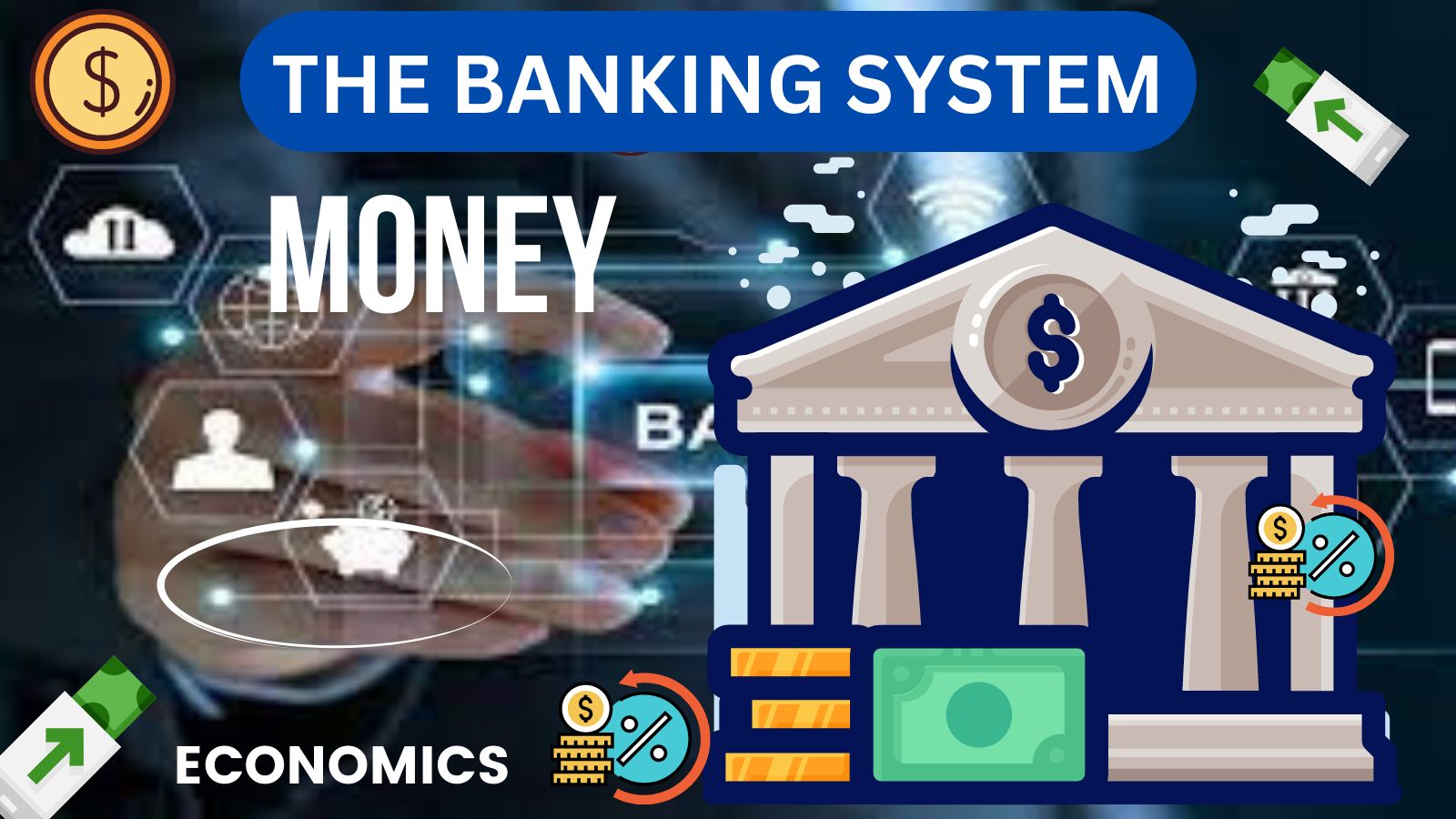Money and the Banking System
Money is a medium of exchange that is widely accepted in payment for goods and services. It serves as a unit of account, a store of value, and a standard of deferred payment.
The banking system is a network of financial institutions that provide various banking services such as accepting deposits, making loans, and facilitating the transfer of funds. Banks play a crucial role in the economy by intermediating between savers and borrowers, and by providing a means for the government to implement monetary policy.
Central banks, such as the Federal Reserve in the United States, are responsible for regulating and supervising the banking system. They also serve as the lender of last resort, providing banks with liquidity during times of crisis.
The relationship between money and the banking system is complex. Banks create money through the process of fractional reserve banking, where they hold a fraction of deposits as reserves and lend out the rest. This process increases the money supply in the economy and can have a significant impact on the economy’s overall performance. Central banks, in turn, use monetary policy tools to control the money supply and interest rates, in order to manage inflation, stabilize the economy and achieve other macroeconomic objectives.
Overall, the banking system and money are essential components of the economy, and the way they interact has a significant impact on the economy’s performance.


